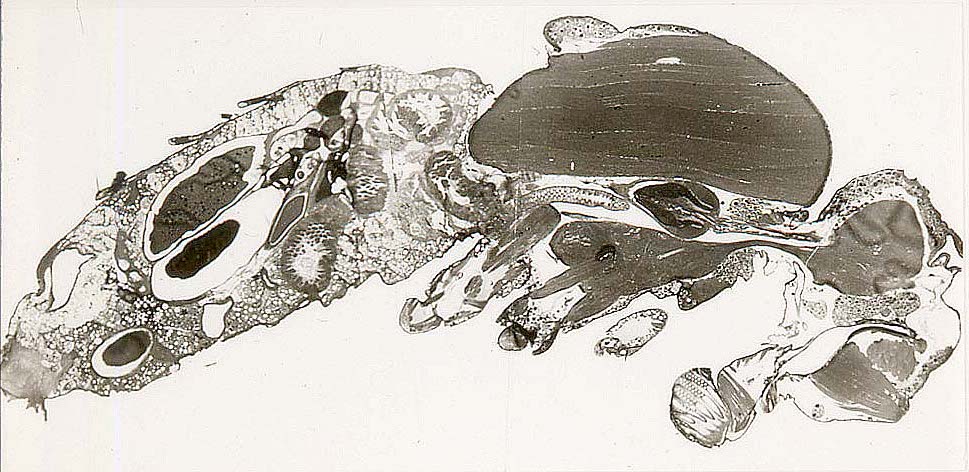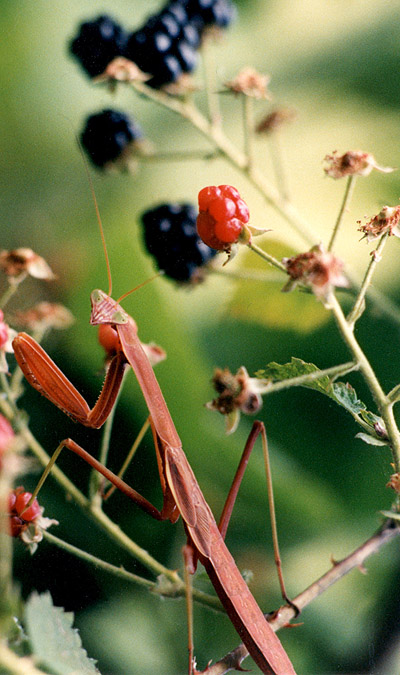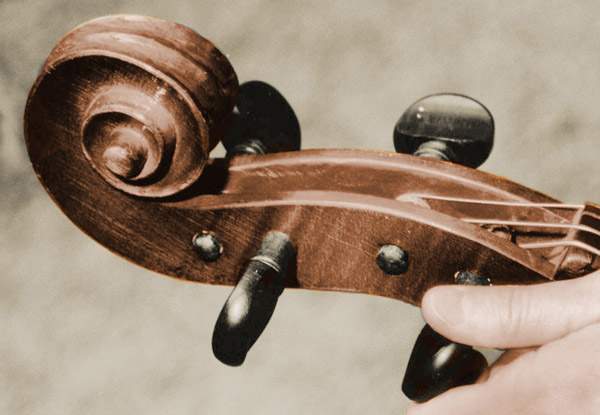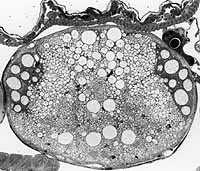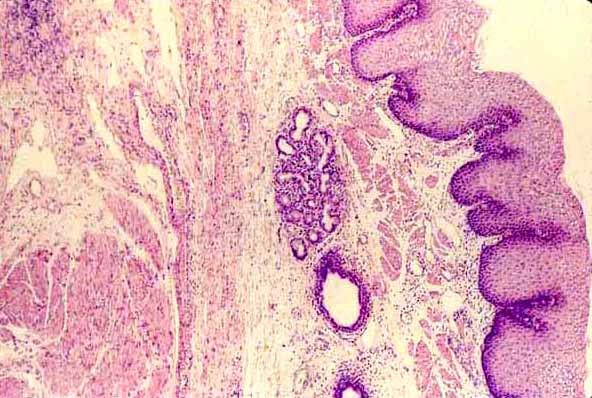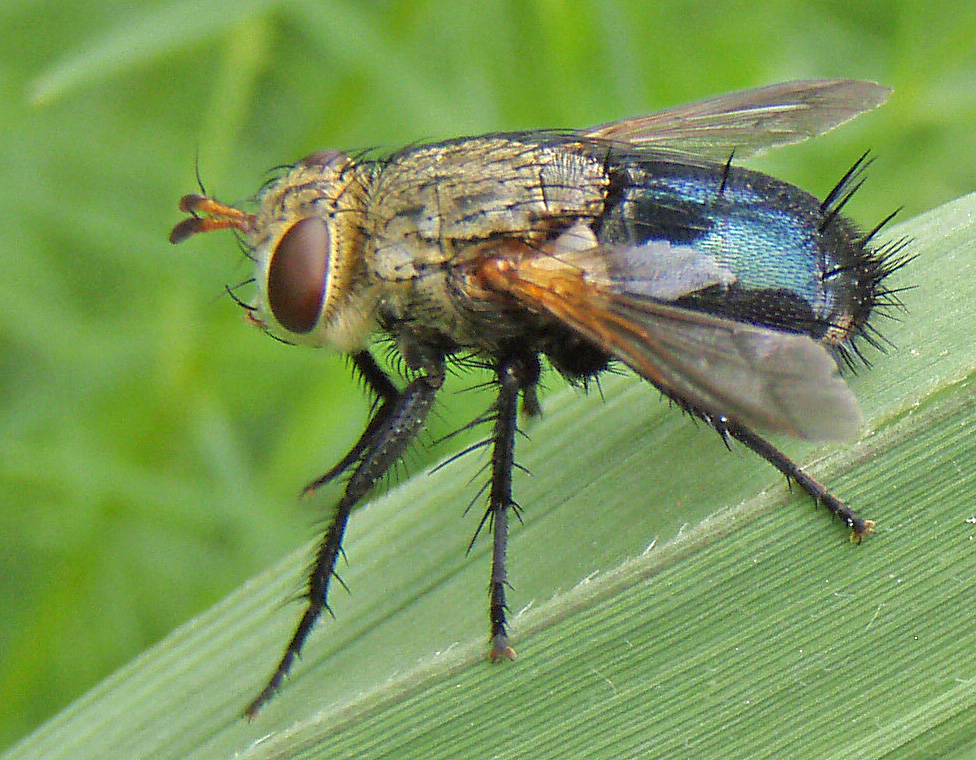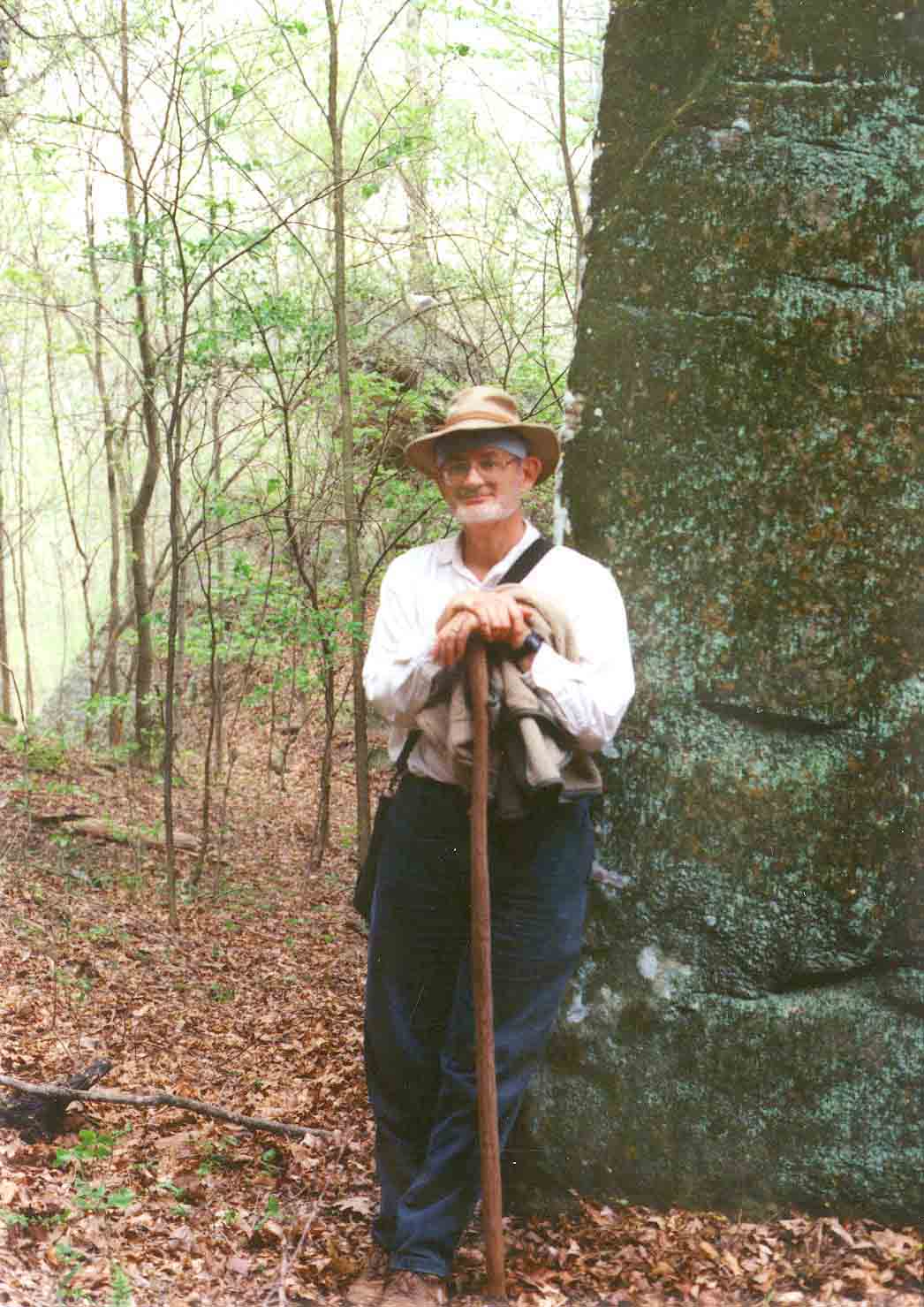
Some Southern Illinois nature trails.
David G. King, associate professor emeritus
Department of Zoology
College of Agricultural, Life, and Physical Sciences
Department of Anatomy
School of Medicine
B.S., Biological Sciences, Purdue Univ., 1970.
Ph.D., Neurosciences, UC San Diego, 1975.
Retired, Southern Illinois University, 2014.
Email: dgking@siu.edu
... But not yet weary are our feet,
Still round the corner we may meet
A sudden tree or standing stone
That none have seen but we alone.
... Then world behind and home ahead,
We'll wander back to home and bed.Bilbo Baggins' Walking Song
The Fellowship of the Ring
J.R.R. TolkienResearch history: My publications have touched on topics in neurobiology, histology, fly anatomy, and evolutionary genetics. Special attention has been given to individually-identifiable nerve cells and to the hypothesis that sites of tandem-repetitive DNA might function as implicit "evolutionary tuning knobs" for practically any trait. For additional detail, please see:
Annotated publication list / most recent publication (pdf)
autobiographical notes
Selected links representing
areas of special interest:
(more nature photographs)EVOLUTIONARY BIOLOGY
- Mutation protocols... (2024)
- Indirect selection... (2012)
- Metaphors for genome evolution (2010)
NEUROBIOLOGY
- What can giant axons tell us...? (2013)
- Evolution of Neural Circuits (2001)
- Cells 'R' Us (1998)
HISTOLOGY
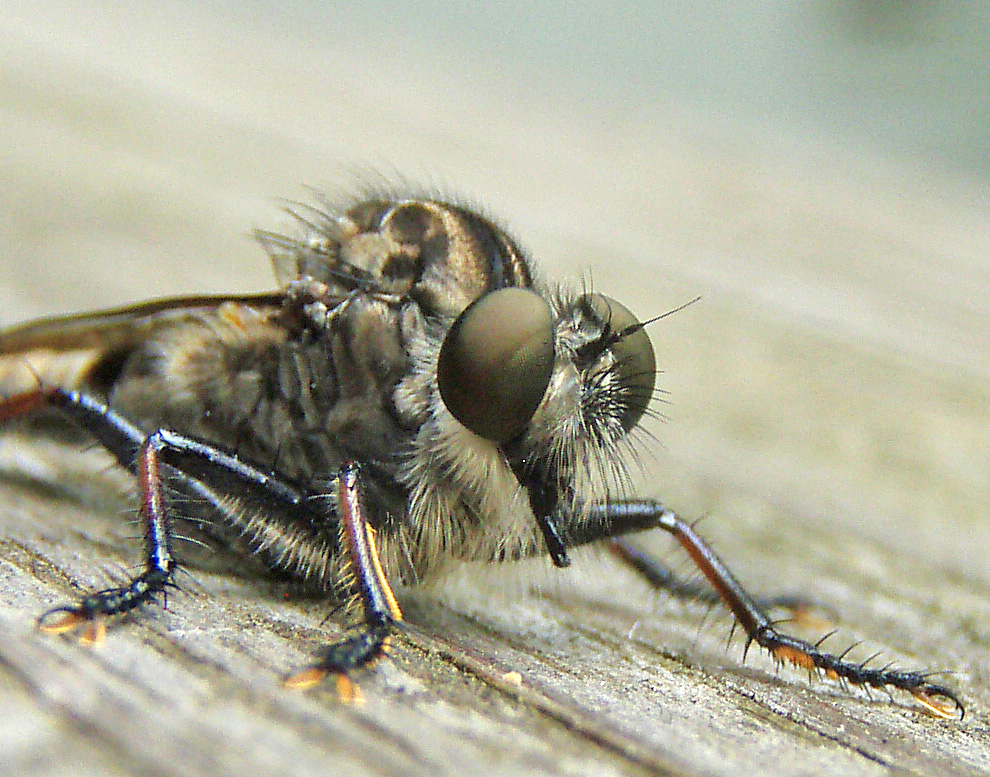
(more nature photographs) "Ad astra per alia muscae."
(with apologies to John Steinbeck)The Lord in his wisdom made the fly
And then forgot to tell us why.
Ogden NashFlies were made so fools like me
Might wonder how such things could be --
With tiny wings and eyes and brains
Evolved in such diversity.
DGK
(more nature photographs) | autobiographical notes | SEARCH THIS SITE | Miscellaneous links |
Comments and questions: dgking@siu.edu
SIUC / Zoology / David King
https://dgkinglab.siu.edu/index.htm
Last updated: 23 March 2024
